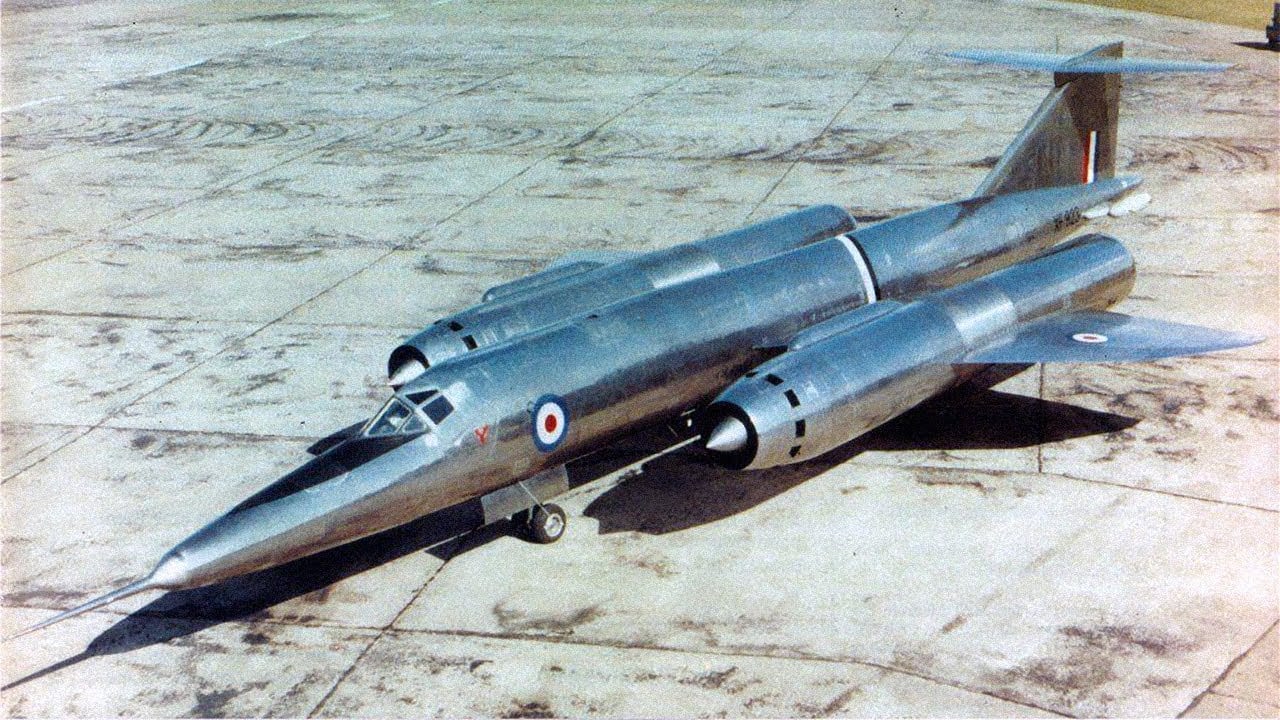The Pentagon's recent approval of a classified counter-drone strategy underscores the escalating threat posed by unmanned aerial systems (UAS) to U.S. military personnel and facilities. Defense Secretary Lloyd Austin's initiative aims to unify the military's response to these threats, which have surged in recent years, particularly from adversaries like Iran-backed Houthi groups and in the context of the Ukraine conflict. The strategy reflects a growing recognition that one-way drone attacks represent both an immediate and long-term challenge, necessitating a coordinated approach across military branches to safeguard assets and personnel. The Department of Defense (DOD) is adopting a layered defense strategy, integrating various capabilities from electronic warfare to kinetic responses, as it seeks to address the multifaceted nature of drone threats.
This comprehensive strategy aligns with ongoing DOD initiatives, including the Joint Counter-Small UAS office and the Replicator program, which emphasizes rapid deployment of off-the-shelf counter-drone technologies. The DOD's five-pronged approach focuses on enhancing detection and tracking capabilities, countering threat networks, integrating counter-drone measures into military doctrine, expediting technology deployment, and prioritizing funding. Furthermore, the strategy highlights the importance of collaboration with Congress, industry partners, and allies, while committing to measurable progress tracking. Although the evolving nature of drone threats necessitates ongoing reassessment, this strategy lays a crucial foundation for the DOD's efforts to effectively counter unmanned systems and adapt to future challenges.









